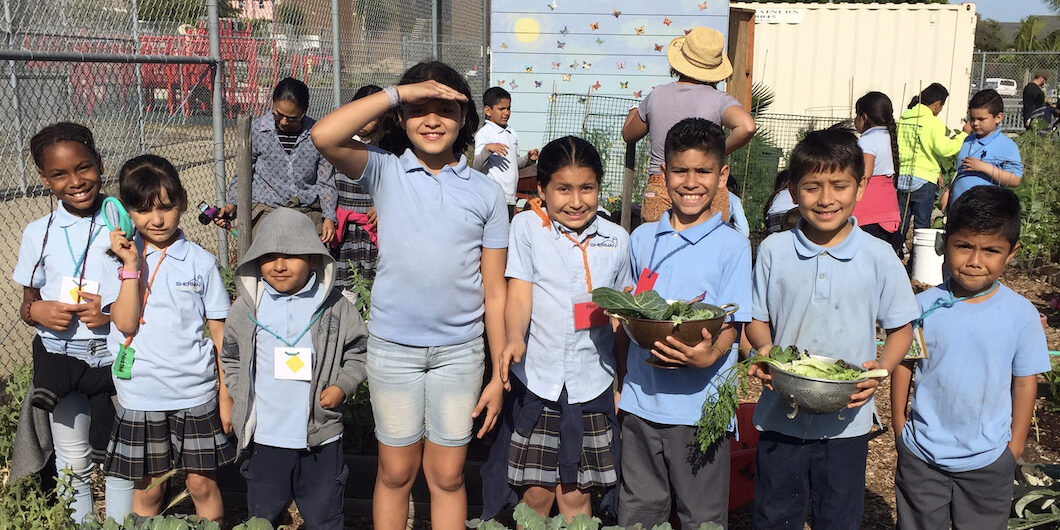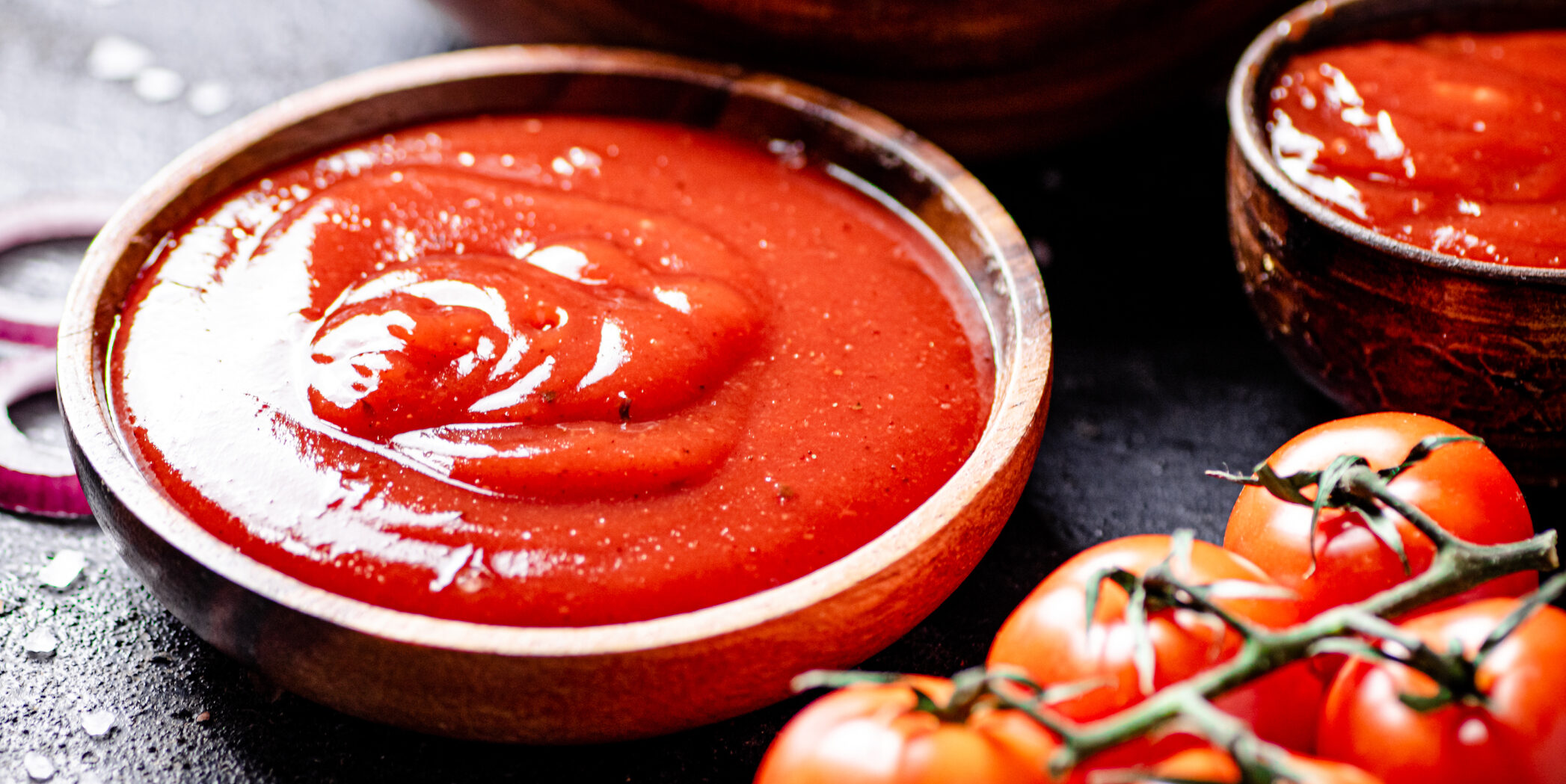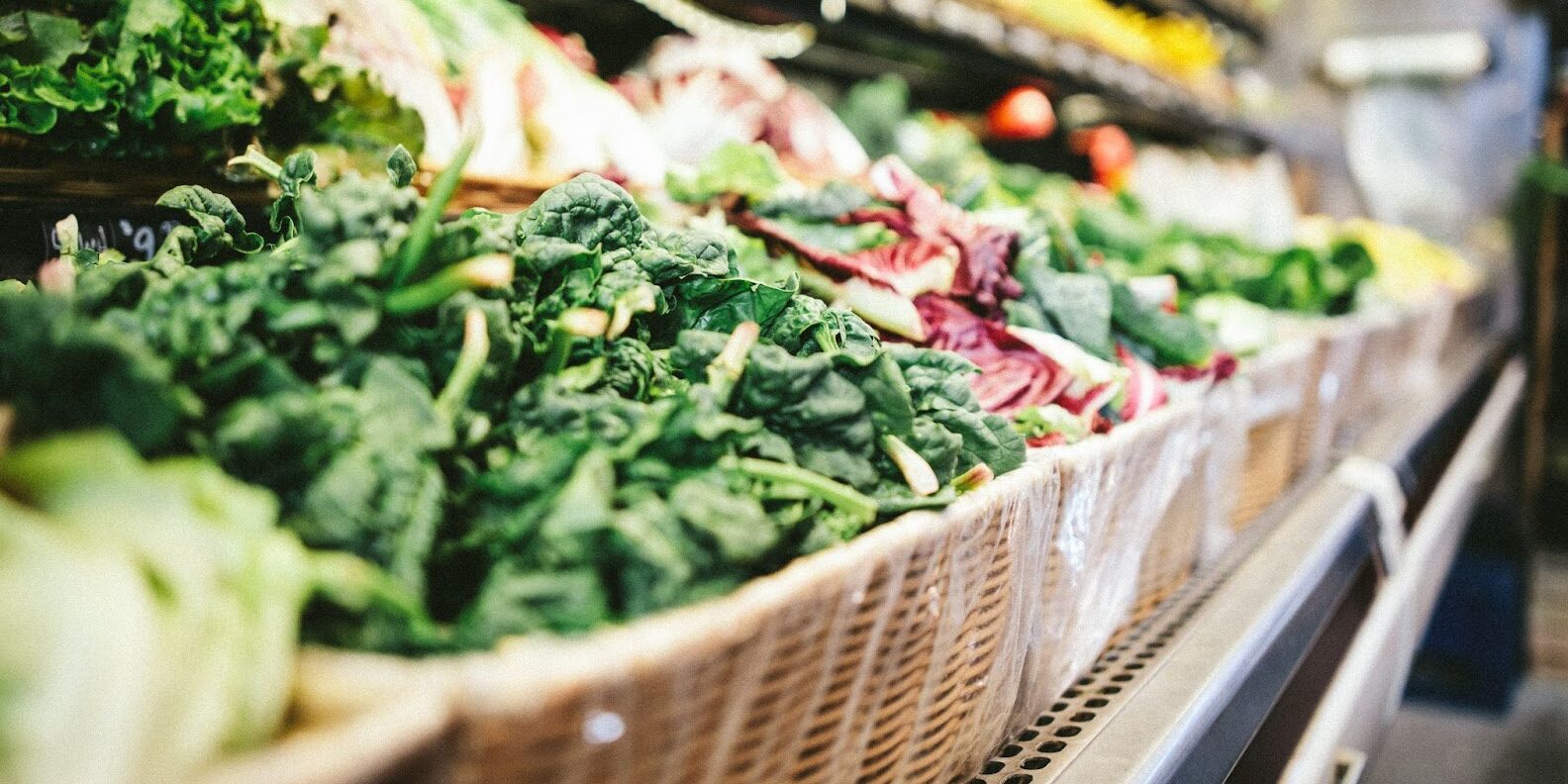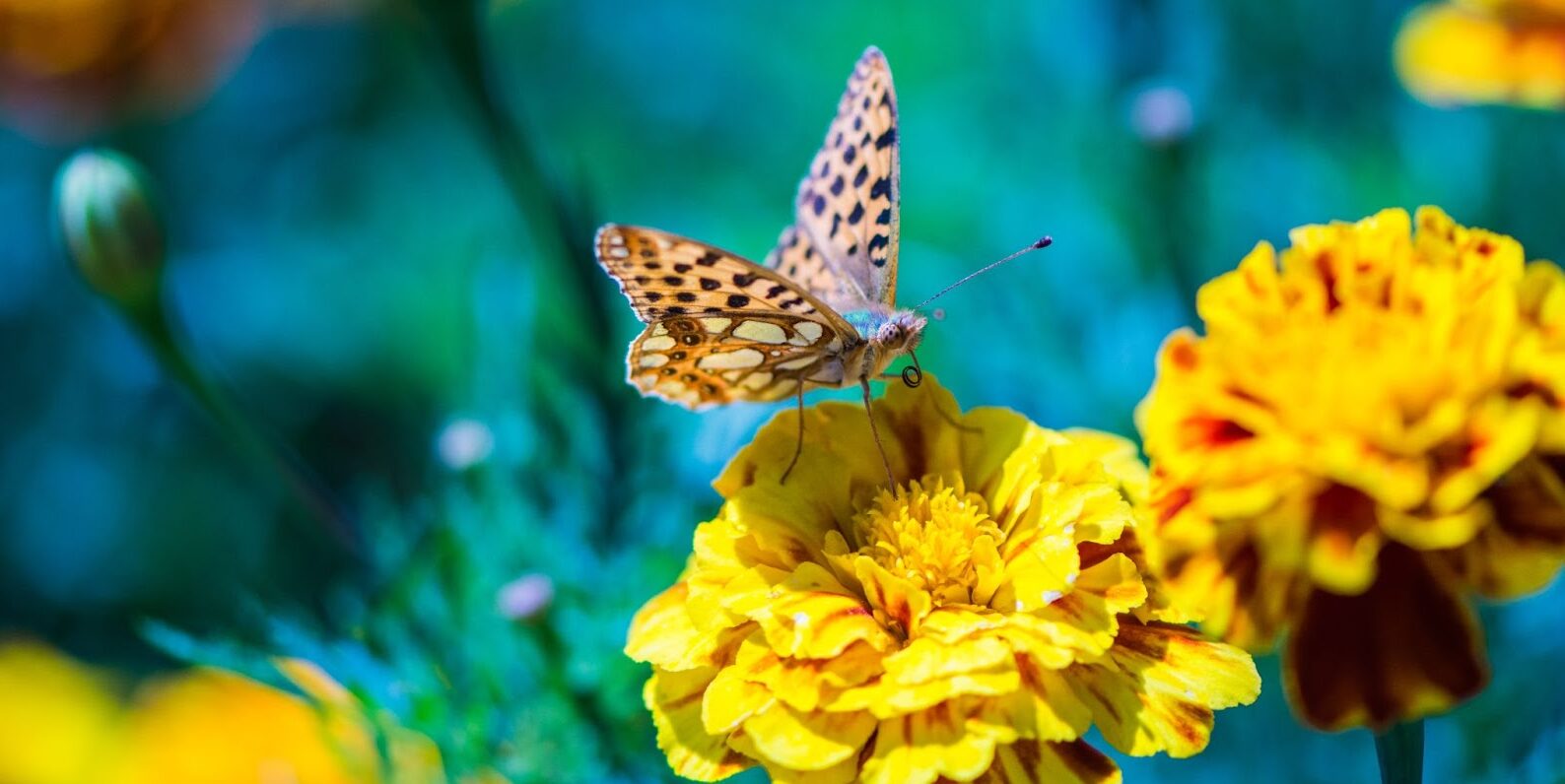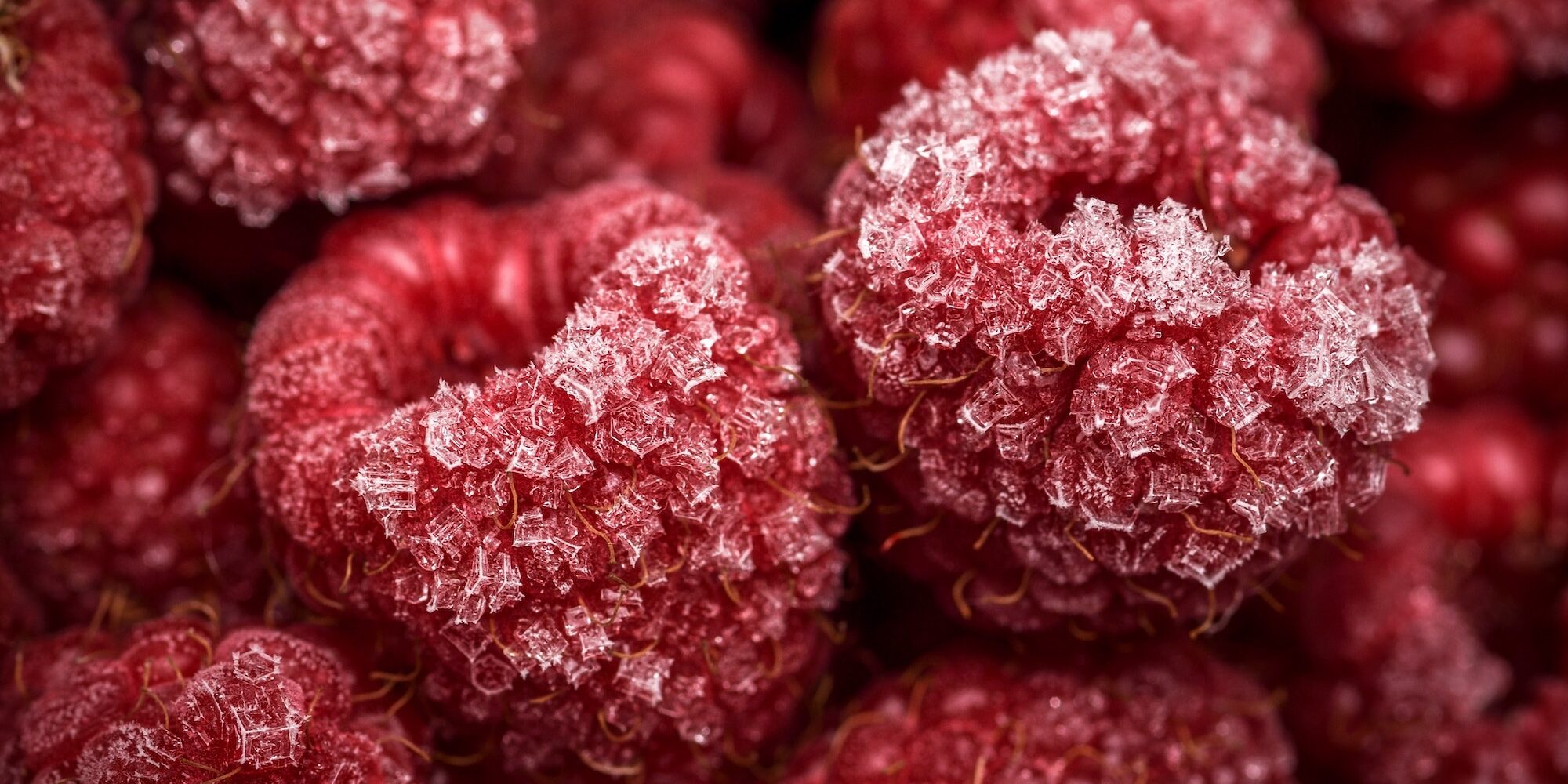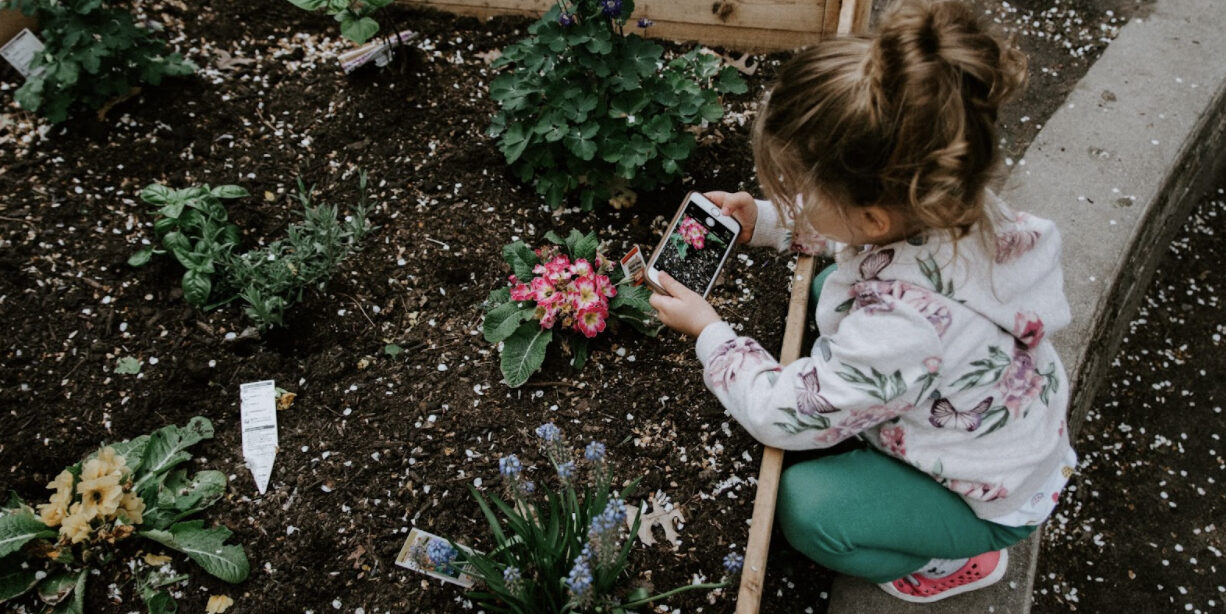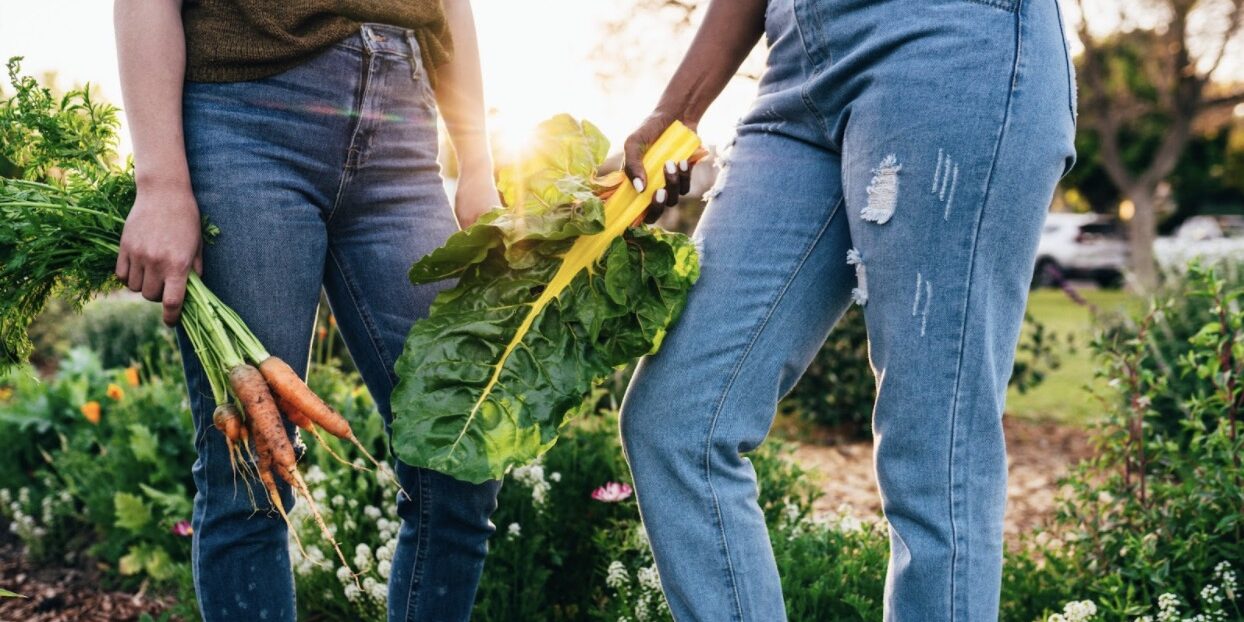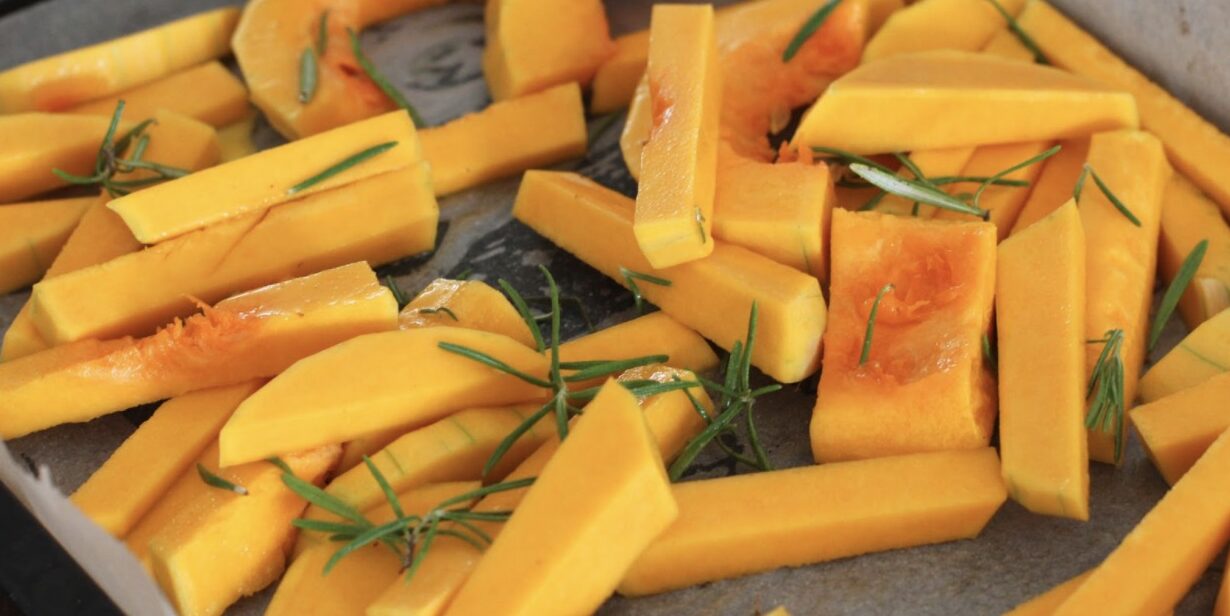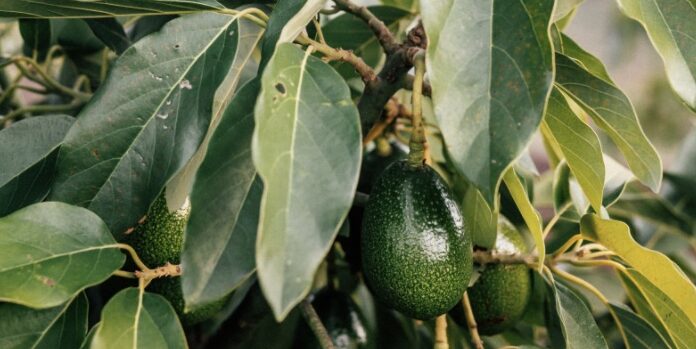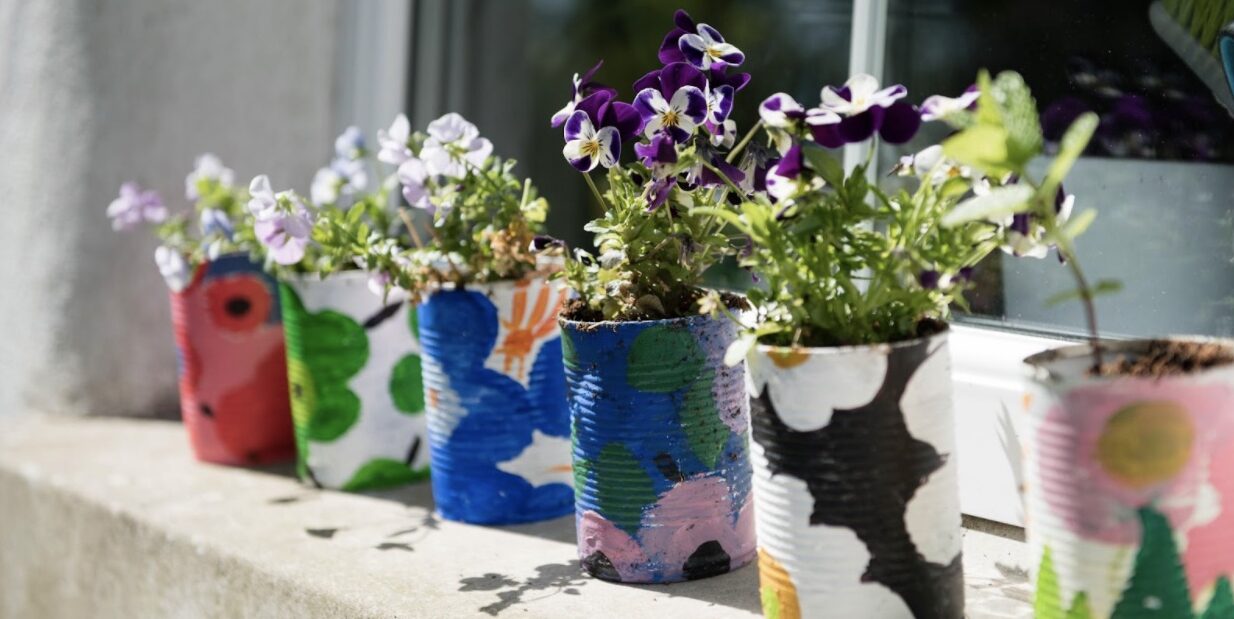How Gardening Benefits Kids: Barrio Botany
August 30, 2022 Living Well What makes gardening with kids so special? Ask Christina Abuelo, and the answer is clear. “There’s something magical for kids about being in the garden,” she says.…
3 Easy Recipes for Your Summer Tomato Harvest
August 25, 2022 Living Well 3 Easy Recipes for Your Summer Tomato Harvest In so many parts of the country, ripe tomatoes are hanging on vines waiting to be made into salads, sauces, and snacks.…
Food Safety for Safer Edible Gardening
June 6, 2022
Living Well
Food Safety Standards for Safer Edible Gardening
4 Awesome Apps to Grow Your Best Garden Ever
May 16, 2022 Living Well 4 Awesome Apps to Grow Your Best Garden Ever Are you a data-loving gardener ready to take your outdoor habitat to the next level? Plan, plant, care for, and harvest your…
How To Store Your Garden Crops Without Canning
March 30, 2022 Living Well How To Store Your Garden Crops Without Canning If you’ve ever asked a friend, “What should I do with all these tomatoes?” while harvesting your summer garden, you’ve…
7 Unique Holiday Gift Ideas For Every Gardener
December 21, 2021 Living Well 7 Unique Holiday Gift Ideas For Every Gardener They say it’s easiest to buy gifts for someone who has a hobby — and a gardening hobby may just be one of the…
The Perfect Holiday Dinner From Your Organic Garden
December 21, 2021 Living Well The Perfect Holiday Dinner From Your Organic Garden Whatever you’re celebrating this season, here’s our guide to a holiday table created right from your organic…
The Best Fall Harvest Recipe Ideas
October 29, 2021 Living Well Fall Harvest Recipe Ideas While Summer can seem like the ultimate harvest season, a delicious and health-boosting bounty awaits the patient Fall gardener. Ready for some…
How Soil Can Save The Planet
September 2, 2021 Living Well Beautiful and tasty! Soil isn’t just dirt. Here at True Organic, we’re obsessed with soil. And it’s not just because healthy soil is the backbone of the farms and…
Our Favorite Upcycled Gardening Ideas
July 30, 2021 Living Well Upcycled Gardening Ideas Your garden is a place to express your creativity and enjoy your outdoor space. It’s also your way of caring for the Earth—nourishing plants,…

